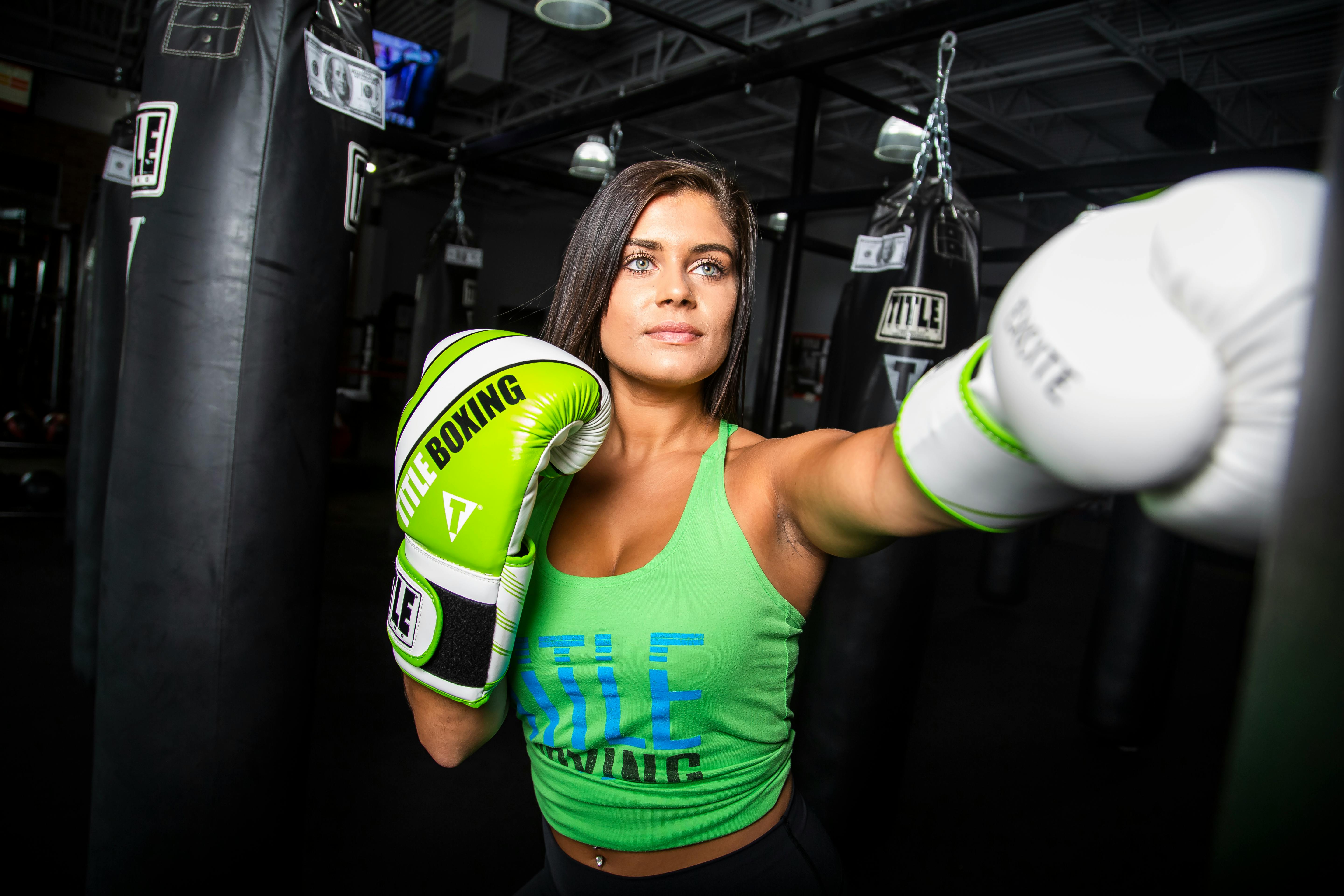Core strength exercise sequence with a mountain climbing theme
Here’s a fun sequence of three exercises, all with a mountaineering theme designed to work your thighs, core muscles, and arms. A mountain climbing theme is one where you repeat the same body lifting exercise continuously and endlessly, but you never get any higher! Sort of like the feeling you get when climbing a mountain and each peak you were heading for turns out to be just a small rise on the way to a much higher peak.
Since the theme is climbing mountains, start with a classic yoga ‘mountain pose’. From a kneeling position with both hands on the floor below your shoulders, let your hips guide you to lift yourself into a right-angle pose where you’re bent at a 90-degree angle at the hips. Your legs are straight making one line, and your hips, back, head and arms are aligned making the second line. To make that right angle, tilt your pelvis so that your sitting bones point toward the ceiling. Spend a minute getting the alignment right and pay attention to your breathing.
The first mountain climb is the classic ‘Mountain Climbers’. This exercise targets the thighs and the core muscles of the pelvis and lower back. From a mountain stance, bring one leg forward by placing the foot between the arms in a lunge. Lower your chest forward, keeping your back straight, and place your hands on the floor in front of you, slightly wider than shoulder-width apart. You need to look like you are ready to run a race. Change the position of each leg repeatedly for 30 seconds to 1 minute. Think of it like a place to run but with your hands on the ground. Finish with the opposite leg forward of the one you started from, then let your hips bring you back to mountain pose. Again, spend a minute getting the alignment right and pay attention to your breathing.
The second mountain climb is a variation of the classic Mountain Climbers that is done with the arms. This exercise targets the pressing muscles of the upper body: triceps, pectorals, and anterior deltoids. Starting in Mountain Pose, roll forward over your shoulders, dropping your hips so that your legs are in line with your back. Now the right angle is at the shoulders, with one line formed by the legs, hips, back and head, and the other by the straight arms. In yoga this is often called ‘Plank Pose’. The hands are resting on the ground facing forward. Raise your right hand and let it fall on your right elbow. Raise your left hand and drop it on your left elbow. Raise your right elbow and lower your hand to straighten your arm. Raise your left elbow and lower your hand to straighten your arm. Then repeat this sequence also for 30 seconds to a minute. Finish in plank pose, then lift your hips back to mountain pose. Spend a minute getting the alignment right and pay attention to your breathing.
The last ascent up the mountain is a standing Duck Walk. The Duck Walk builds strength in the upper thigh muscles, develops stretch in the lower back muscles, and coordinates the legs and balance in the squatting position without the use of the arms. This seemingly harmless exercise becomes really difficult after a short period of constant rapid movement. Starting from the mountain, jump both legs forward landing between your arms in a squat position. Legs slightly wider than shoulder width. Drop the right leg from the squat onto the right knee. Then, drop your left leg from the squat to your left knee. Then lift your right leg by putting your foot back on the ground in a squat, then lift your left leg and put your foot back on the ground in a squat. Then, drop the right leg on the right knee and the left leg on the left knee. Continue this sequence for 30 seconds to a minute. Finish in a squat position and do a light jump back up the mountain. Drop your knees and pull your hips back into Extended Child’s Position.
These three exercises were not left/right symmetric, so to balance the entire sequence is repeated on the other side. Done correctly, these three exercises for mountain climbers should provide both entertainment and improved fitness.
